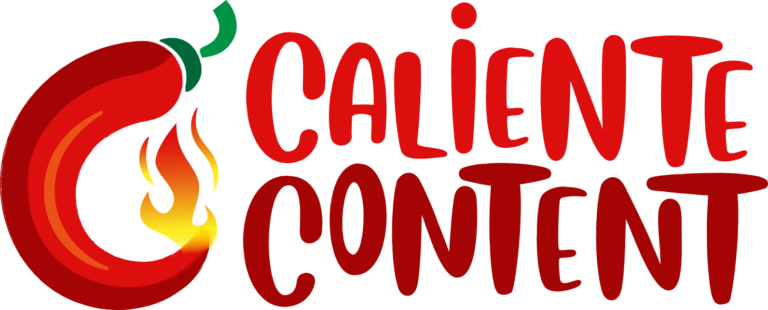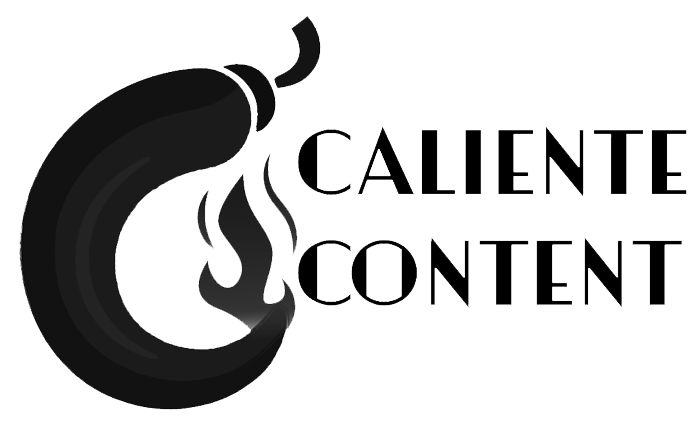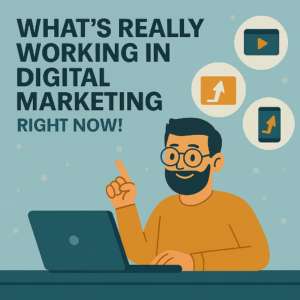By Max Milano
For Brand Managers, pressure is like the weather; it’s always there, and it only gets worse the more unprepared you are.
Take Sofia, a brand manager for a new eco-friendly skincare line based in Madrid. It’s only 7 a.m., but she’s already buried in emails. Her international corporate head office boss wants traction in the Spanish and U.S. markets. Their website and online store are set up in English and Spanish. Social media posts are going out twice a day in both languages. But traffic is flat, engagement is lukewarm, and sales? Not moving.
Sofia has a budget, a small team, and a lot of pressure. What she doesn’t have is clarity about her online performance, which is lethal for any brand manager.
She needs to know exactly (and in real-time) which blog posts are converting and whether her Google Ads are appearing for the right search terms in both English and Spanish. She must also understand which content performs better on Instagram and when her audience is most active. She needs numbers, but not just numbers. She needs to understand the meaning behind them so she can make timely decisions and course corrections that will make the difference between her campaign’s success or failure.
Whether you’re a brand manager like Sofia juggling bilingual campaigns or launching a product that needs to speak to two cultures at once, understanding your digital marketing tools is the difference between spinning your wheels and building real momentum.
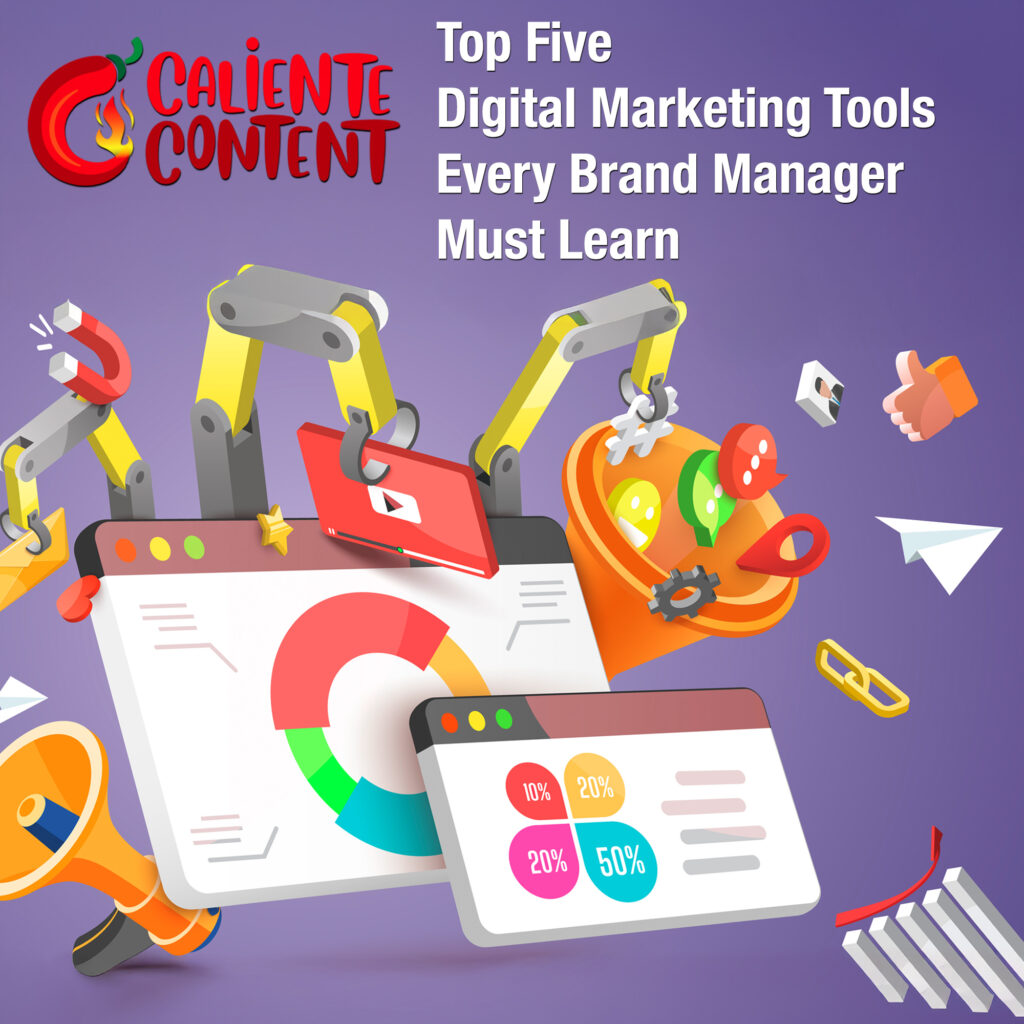
Even when working with a digital marketing agency and a large in-house team, the brand manager who gets their hands dirty (who knows how to read the data in order to better adjust the knobs and levers that drive campaigns) is the one who turns insight into action faster. That kind of real-time knowledge can eliminate long meetings and guesswork because the brand manager already has direct access to what’s happening.
At Caliente Content, we specialize in bilingual English-Spanish digital marketing campaigns. We work closely with brand managers every day to get them the one thing all Brand Managers need: results.
And if there’s one thing we’ve learned, it’s this:
The more knowledgeable the brand manager is about the tools behind their campaigns, the better our agency can perform because clear, timely, and accurate feedback leads to better outcomes across the board.
If you’re a brand manager striving for real results, these are the five digital marketing tools you absolutely need to know how to use. Don’t just hand them off to your marketing team; understand them yourself.
Top Five Tools Brand Managers Must Know
1. Google Analytics: The Raw Truth About Your Website

Google Analytics shows you who’s coming to your site, from where, on what device, how long they stick around, and where they drop off. That data is gold because if your bounce rate is sky-high on your Spanish homepage, it might mean the translation is off, or the offer just doesn’t connect. If your English-speaking visitors from California are clicking through but not buying, maybe your checkout flow isn’t built for them. Getting insights (good or bad) and acting on them promptly is what it takes to beat the competition and get your brand on top.
Pros:
Google Analytics is free. It integrates with everything and gives you granular data on location, language, device, and even age brackets. You can set goals, see conversion paths, and track campaigns.
Cons:
It’s overwhelming at first. The interface isn’t friendly unless you know what you’re looking for. And it doesn’t tell you why people are doing things, only what they do.
Verdict: Don’t let the learning curve stop you from mastering this powerful tool. It can make the difference between your brand’s success or failure by warning brand managers of trends and issues with your traffic, conversions, and content.
2. SEMrush: The Map of the Battlefield

You wouldn’t launch a campaign without knowing what your competitors are doing. SEMrush is your reconnaissance. It shows what keywords your competitors rank for, what backlinks they’ve earned, and how much they spend on ads. For brand managers running campaigns in English and Spanish, this is vital. Why? Because keyword intent shifts across languages and regions, especially in Spanish.
“Running shoes” works as a keyword in the U.S. if your brand sells running shoes specifically. However, the Spanish word for “running shoes” changes depending on where your ad is shown.
In Spain, “zapatillas de correr” is the correct keyword. But in Mexico, Colombia, and Central America, people are more likely to search for “Tenis para correr” or even “Zapatos para correr,” while in the southern part of South America, like Argentina, “Zapatillas de correr” would also be used in searches.
Knowing the difference is hugely important.
Pros:
Deep SEO and PPC insights. Tracks rankings over time. Lets you spy on competitors. Suggests content ideas. Offers site audits and technical SEO checks.
Cons:
It’s not cheap. The keyword data can be overwhelming, and it takes time to learn how to use it well.
Verdict: Tracking keywords and having a website free of technical SEO issues is vital for your brand’s success and to beat the competition. Furthermore, discovering what inbound links your competitors have is worth this tool’s investment and learning curve.
3. HubSpot: The Control Center for Leads and Customer Journeys

HubSpot is more than email automation. It’s the command center. It keeps track of leads, lets you score them, and automates follow-up based on behavior. For bilingual brands, it enables you to build parallel email journeys for English and Spanish leads because different audiences move at different speeds and respond to different messaging.
Pros:
Clean CRM. Seamless automation. Detailed reporting. Great for aligning marketing with sales.
Cons:
It can be expensive for growing teams, and the learning curve is real. It’s a powerful tool, but it can be overwhelming if you don’t set it up correctly.
Verdict: You can’t run an online brand without a robust CRM, and as CRMs go, HubSpot is not only relatively easy to use but offers an extensive suite of tools that enable brand managers to run their entire online operation from it, from lead capture to sales prospecting and even social media scheduling and more. It’s totally worth the learning curve.
4. Canva: Fast, Beautiful Visuals Without the Drama
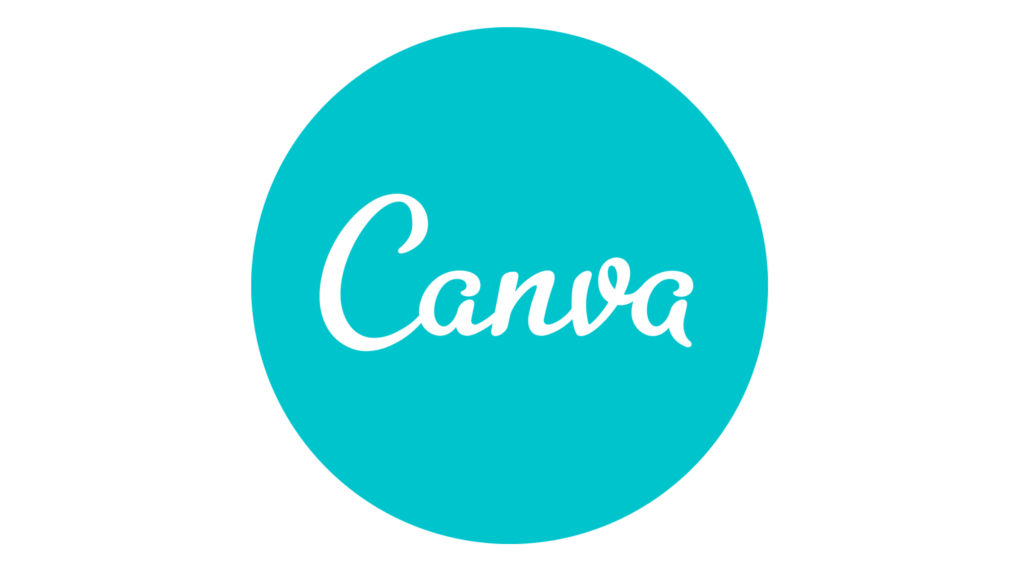
You don’t always have time to wait on the design team. Canva is the answer. Need an Instagram carousel in Spanish by noon and an English version by 1 p.m.? Done. It lets you build out branded templates, drag and drop visuals, and stay on message, even when things are moving fast.
Pros:
Simple, fast, cheap, and perfect for social media graphics, quick changes, and maintaining brand consistency across languages.
Cons:
It’s not Photoshop, and it’s not for high-end design. If you’re sloppy, your brand can quickly look amateurish.
Verdict: Photoshop and other Adobe design tools like Illustrator are the industry standard, and if you’re a brand manager who’s serious about the look and feel of your brand and your content, it behooves you to familiarize yourself with the basics of Photoshop, but Canva will do in a pinch.
5. Hootsuite: Keep Social Media from Driving You Mad

Managing bilingual social media accounts is like juggling knives. You have different time zones, audiences, and twice the content calendar. Hootsuite lets you organize it all, schedule posts ahead of time, monitor engagement, and reply to comments across languages.
Pros:
All-in-one scheduling. Multi-platform support. Monitors brand mentions. Tracks engagement metrics over time.
Cons:
The interface can be clunky, and the reports aren’t as deep as some tools. It’s great for scheduling but less so for deep creative testing.
Verdict: HubSpot offers excellent social media scheduling and listening tools, so you won’t need Hootsuite if you’re already using HubSpot. However, given Hootsuite’s popularity (and HubSpot’s relatively low adoption in larger corporate organizations), it makes sense for brand managers to be familiar with Hootsuite. Social media listening and scheduling, along with quickly reviewing likes, shares, and comments, is crucial for staying ahead of trends that can benefit your brand.
So Why Should You Learn These Tools as a Brand Manager?
Because no one knows your brand like you do. And if you don’t understand the data, you can’t lead campaigns. You’ll be guessing, not guiding. Knowing these tools means you can ask smarter questions. Spot trends faster. Catch mistakes before they go live. And if you’re managing a brand that speaks to both English and Spanish audiences, the complexity doubles, and so does the value of getting it right.
You don’t have to master every button and filter. But you do need to understand the language (and more importantly) the data coming out of these platforms. Otherwise, you’ll be driving blind.
Why CalienteContent.com is the Partner You Need
We’re not just another digital agency. We live and breathe bilingual marketing. Our team is made up of native English and Spanish speakers who understand cultural nuance, tone, slang, and search intent. We help brands get seen (and understood) across the Atlantic. Whether you’re running Meta Ads in Miami or Google Ads in Barcelona or launching a new Amazon store for two markets simultaneously, we ensure your message connects in both tongues.
We don’t just run campaigns. We help brand managers interpret the data to build smarter strategies and deliver better results.
Let’s make your brand bilingual, bold, and unforgettable. Book your free technical SEO audit today and get ready to make your brand sizzle.
¡Somos Bilingües! Haz clic aquí para leer este blog en español.
